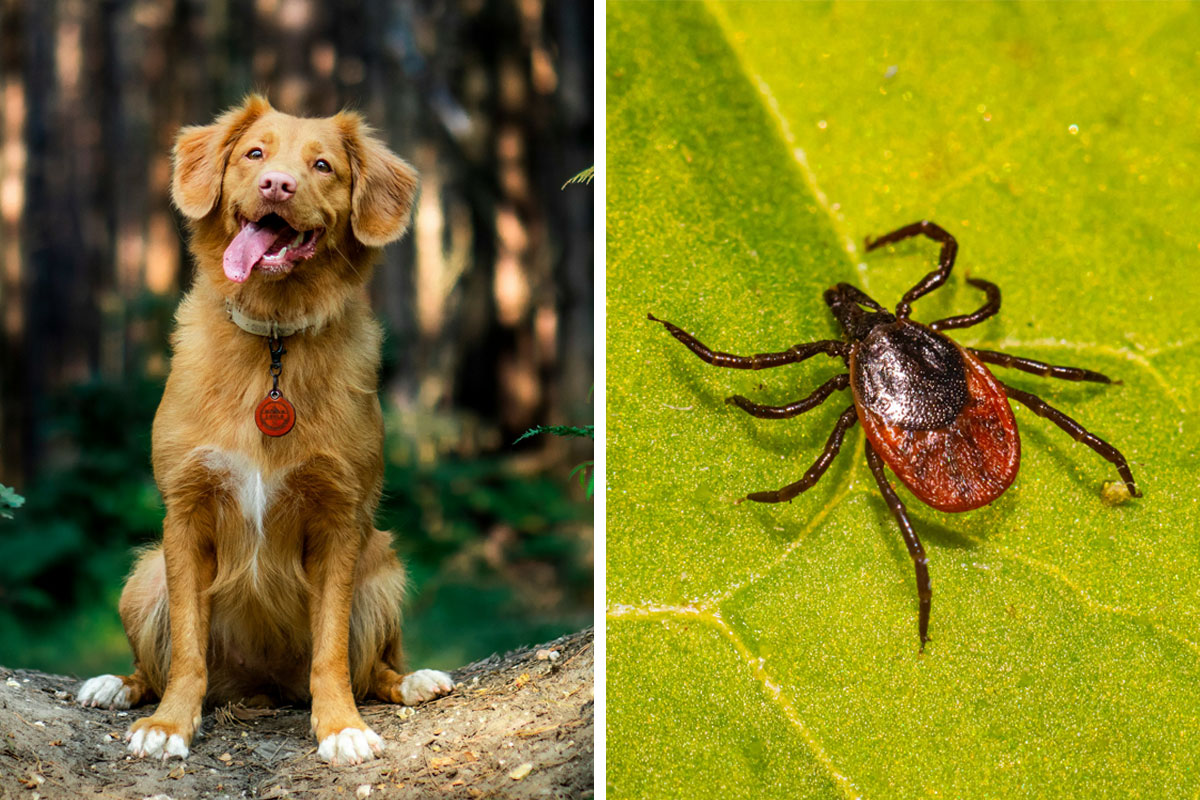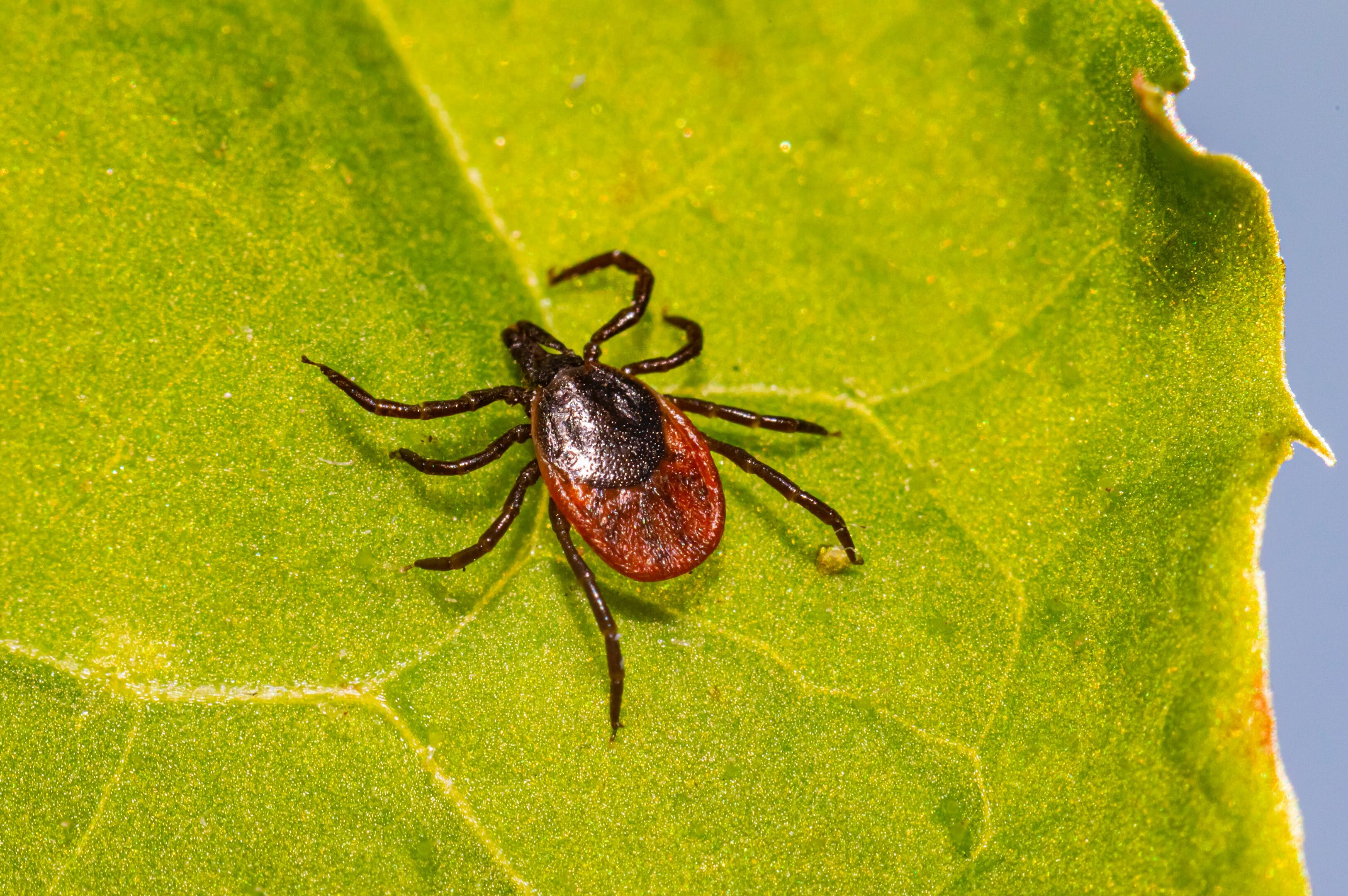
Effective Tick Prevention Tips: Keeping Your Dog Safe from Flea and Tick Infestation
Disclaimer: Please refer to the information in this article as a guide only. If you are worried about your pet’s health or behavior, it’s best to contact your veterinarian.
Fleas and ticks can be more than just a nuisance for your furry friend; they can pose serious health risks. Protecting your dog from these pesky parasites requires an effective and science-backed approach. Here is everything you need to know about ticks and diseases and essential tips to keep your canine companion healthy with flea and tick prevention.
- Ticks can transmit diseases like Lyme or Babesiosis to dogs.
- Regular vet check-ups help monitor tick prevention.
- Fleas can cause severe itching and even anemia in dogs.
- Vet-approved preventatives are crucial against ticks and fleas.
The information provided herein is for informational purposes only. Please refer to our disclaimer for more details..
Fleas and Ticks on Dogs: Understanding the Risks and Diseases
Image credits: Jamie Street
Ticks pose a serious health threat to our dogs by transmitting various diseases. Understanding the risks associated with ticks is crucial for responsible pet ownership. Ticks carry dangerous diseases and transmit pathogens, leading to Lyme disease, Anaplasmosis, Ehrlichiosis, and Babesiosis. However, it is nearly impossible to completely avoid ticks, which is why it is so important to prevent ticks instead.
Lyme Disease
Caused by the bacteria Borrelia burgdorferi, Lyme disease is a common tick-borne illness. Symptoms in dogs include lameness, joint swelling, lethargy (tiredness), and fever. If left untreated, Lyme disease can lead to kidney damage and other severe complications.
Anaplasmosis and Ehrlichiosis
These diseases are caused by different species of bacteria transmitted by ticks. Anaplasmosis can result in lethargy, lameness, and fever. Ehrlichiosis may cause similar symptoms along with nosebleeds, bruising, and weight loss.
Babesiosis
This disease is caused by protozoa of the genus Babesia. Babesiosis can lead to anaemia, weakness, and pale gums in affected dogs.
Preventing these tick-borne diseases involves:
- Implementing effective tick control measures, including the use of veterinary-approved tick preventatives.
- Regular grooming.
- Avoiding tick-infested areas.
Early detection of ticks and prompt removal reduce the risk of disease transmission.
Fleas
Adult fleas and flea larvae are unlikely to cause serious disease in most dogs. However, they can cause severe itching when they bite your dog which can lead to severe discomfort for your dog. In severe cases a flea infestation can also lead to secondary skin diseases, and even anemia!
Regular veterinary check-ups also play a crucial role in monitoring your dog’s health and addressing any concerns related to tick exposure, as well as flea and tick preventatives.
By staying informed about the potential dangers associated with ticks and fleas, pet owners can take proactive steps to protect their dogs and ensure a happy, healthy life free from the complications of tick-borne diseases.
How To Prevent Ticks and Fleas
Image credits: Erik Karits
- Vet-Approved Preventatives: Look at our guide further down, and seek guidance from your veterinarian to choose the most suitable flea and tick preventative for your dog. It could be oral tablets, a spray, shampoos or preventive collars. Breed, age, and health status will influence the selection.
- Regular Tick Checks: After time outdoors, especially in the warmer months, in wooded areas or tall grasses, perform thorough tick checks on your dog. Pay close attention to areas like ears, between toes, and around the tail. Fleas can affect your dog all year round and should be checked for frequently. Both parasites hide in your dog’s fur and it may be difficult to find them. So make sure your thorough!
- Tick Removal Techniques: To remove a tick use fine-tipped tweezers to grasp the tick as close to your dog’s skin as possible. Pull upward with steady, even pressure to ensure the tick is removed entirely, reducing the risk of infection. Kill the tick afterwards. Manually removing fleas from the fur and skin of a dog is nearly impossible.
- Regular Grooming: Keeping your dog’s fur short and well-groomed makes spotting fleas and removing ticks easier. Regular brushing also promotes good skin health.
- Environmental Management: Ticks tend to thrive in tall grasses and wooded areas. Regularly mow your lawn, trim grass, and remove debris to reduce tick habitat around your home.
- Natural Tick and Flea Repellents: Some essential oils, like rose geranium oil, have natural tick-repelling properties and can help keep ticks aways, while apple cider vinegar can help keep fleas at bay. However, these are often not sufficient if your dog spends a lot of time outdoors or with other dogs. Always consult your vet for safe application methods, as some essential oils can be toxic to pets.
- Flea and Tick Repellent for Your Home: Use vet-approved products to help keep fleas and ticks from your dog but also your home. Regular and thorough cleaning of your home also minimises the chances of getting fleas and ticks inside, preventing infestations.
- Regular Veterinary Check-ups: Schedule routine vet visits to monitor your dog’s overall health and discuss any concerns about tick prevention. Your vet can adjust the prevention plan based on your dog’s changing needs.
By incorporating these detailed tips into your tick prevention strategy, you’ll create a comprehensive and tailored plan to keep your dog happy, healthy, and free from the threats of fleas and ticks.
What Kills Ticks Or Fleas on Dogs Instantly?
While the idea of instant tick elimination might be appealing, it’s crucial to approach it safely. Veterinarians recommend using vet-approved topical treatments or oral medications that work to prevent fleas and ticks on dogs, or swiftly to kill ticks or fleas when they come into contact with the blood or skin.
These products contain potent ingredients like fipronil, permethrin, or fluralaner, which keeps ticks awat and ensure their swift demise. Many of these products will also kill adult fleas in the same way.
The Safest Way To Repel Ticks From Your Dog
Ensuring your pet’s safety is paramount when selecting a method to keep ticks away as well as fleas. Vet-approved preventatives such as topical treatments, oral medications, and tick collars are safe and effective and provide reliable protection.
As with all types of medicine, some side effects are associated with tick and flea prevention remedies for dogs. However, these tend to be mild and limited to skin irritations and allergic reactions.
It’s, however, crucial to consult with your veterinarian to determine the most suitable preventive based on your dog’s breed, age, and overall health.
Understanding Veterinary Tick and Flea Removal Products: Ingredients and Effects
Veterinary tick and flea removal products come in various forms, each designed to cater to different preferences and needs. These products typically include tablets, shampoos, and spot-on treatments, all with specific ingredients and effects aimed at combatting ticks and fleas effectively.
Flea and Tick Repellent and Removal Tablets
These oral medications often contain active ingredients like fluralaner or afoxolaner. Once ingested, these substances enter the bloodstream, rendering the pet’s blood toxic. When they reach a dog’s fur and attach themselves, they are exposed to these chemicals, leading to their death. Tablets are convenient for pet owners who prefer an easy administration method and a systemic approach to kill flea, as well as ticks.
Topical Treatments To Avoid Ticks and Fleas
Shampoos formulated to repel ticks and fleas commonly include natural ingredients such as neem oil, cedar oil, or pyrethrin. These substances have proven repelling properties and, when used when you are bathing your dog, it creates a protective barrier on the dog’s coat. While not as long-lasting as some systemic treatments, repellent shampoos offer an immediate effect, making them suitable for regular grooming routines.
Spot-On Treatments To Remove Ticks and Fleas
These topical solutions are applied directly to the dog’s skin, usually between the shoulder blades. The active ingredients, such as fipronil or permethrin, work to repel and in some cases kill when a flea or tick bites. Spot-on treatments are popular due to their ease of application and long-lasting effects. The ingredients are slowly released over several weeks, providing continuous protection against ticks and fleas.
When choosing a veterinary tick removal product, it’s crucial to consider your dog’s specific needs, lifestyle, and any potential sensitivities. By understanding the ingredients and effects of these veterinary tick removal products, you can make informed decisions to safeguard your canine companion from tick-related health risks.
Important Notice About Cats and Topical Treatments
Products containing permethrin, commonly found in specific spot-on treatments, collars, and shampoos for dogs, can be highly toxic to cats. Cats lack the necessary enzymes to metabolize permethrin, leading to potential toxicity and adverse effects. It’s crucial to avoid using dog-specific tick prevention products on cats and to keep treated dogs away from cats until the product has dried. Always consult with your veterinarian to ensure the safety of any tick prevention method in multi-pet households.
A Check a Day Keep Ticks at Bay
Well, if you choose to use preventive methods, checking your dog every day is unnecessary, but you get the picture. Ticks are a nuisance for dog owners worldwide. But with our comprehensive guide to tick preventive treatments, you are a little closer to getting these pesky little creatures out of your life – helping keep your dog happy and healthy!





-2
0